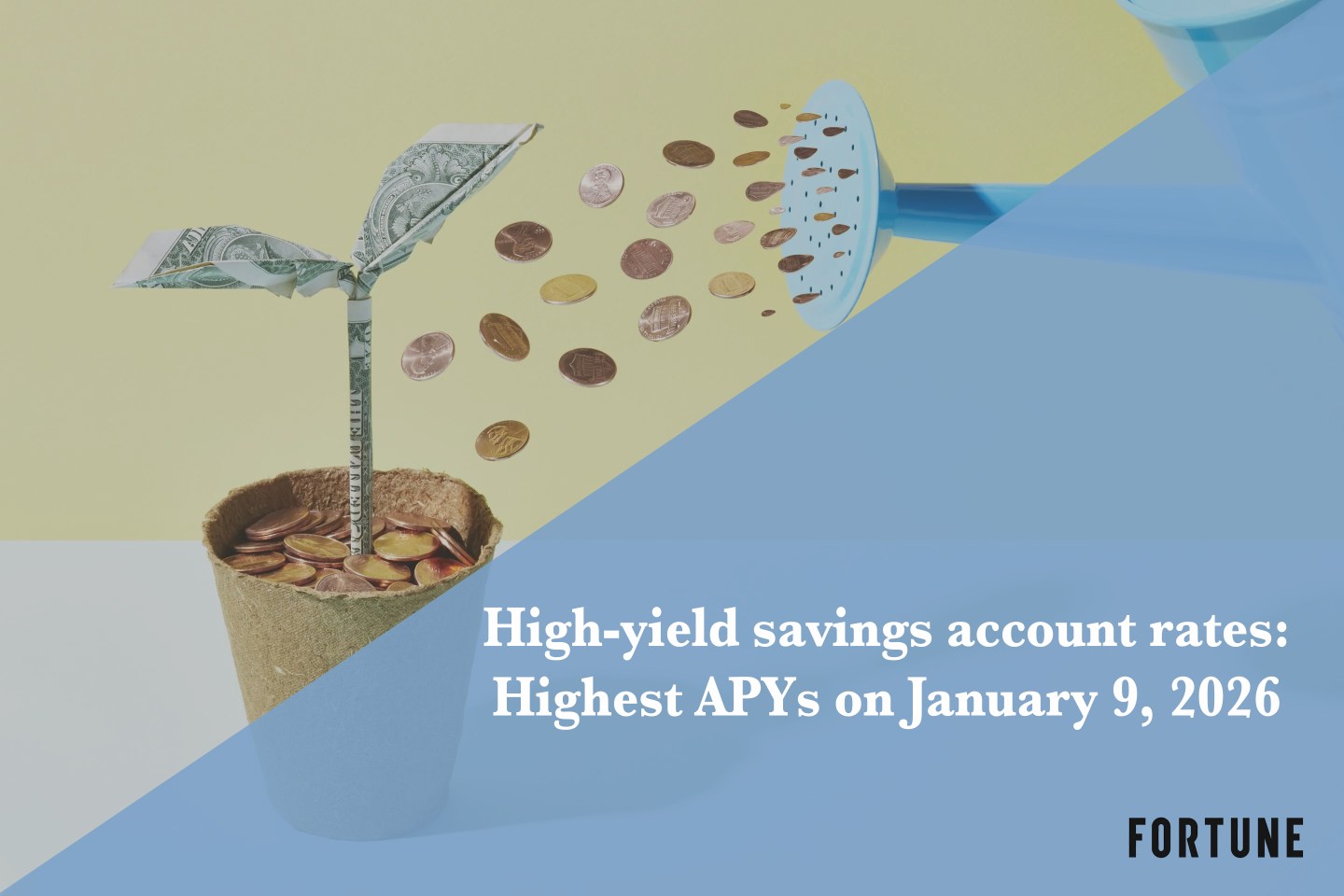FORTUNE — When I asked Guy Stern, head of multi-asset investments at Standard Life Investments, how he managed to stay on top of price fluctuations and correlations of the many investments in the $15 billion Global Absolute Return Strategies fund, he answered with a bit of a mindbender.
“It’s important to remember that one of the least stable things in the investment world is volatility itself,” he said “Take the equity market. Over the past five years, its volatility was 50 at one point and 15 at another. So you need to start with an understanding that those values are not stable.”
What has been pretty stable, though, is Stern’s ability (along with a team of 25) to deliver on the GARS fund’s aim of delivering a return of 5% more than you’d get in cash, with half the risk of an active equity portfolio. Over the past five years, the GARS has delivered 7.4% returns, almost exactly 5% more than the cash return of 2.2%. More specifically, the purpose of the portfolio is to protect investors from global economic turmoil by deploying up to 30 different strategies simultaneously.
Fortune tracked him down to talk about the euro, the dollar, and why he loves Sweden so much.
Your stated goal of equity-like returns with half the risk strikes me as a Utopian dream. How do you go about putting that strategy in place?
The step you have to take is that while risk and return are positively correlated—if you want higher returns, you generally need to take on more risk—they are not linear. You don’t have to accept the kind of risk you would get from global equities to get the same return.
How do we create that? By seeking out ways to generate returns that are not merely based on equities rising or global economic growth. Your typical diversified growth fund has an array of options, from equities to investment grade bonds, private equity, property, even emerging market sovereign debt. But those are all growth assets. If there’s no economic growth—if its flat—you don’t get returns and correlations go to one.
We have four categories of investments. The first is market type returns with a risk premium. The second is security selection, which isn’t dependent on growth but good research. Third, direction strategies—by which I mean asset classes with no embedded risk premium, like currencies. And fourth, relative value. I’ll give you an example of the last one. For several quarters, we have had the view in the portfolio that large cap stocks will outperform small cap, regardless of the direction of the market. They’re cheaper, better financed, and they have better balance sheets. But we’re not taking equity risk—we’re buying the same amount of large cap as we are shorting small cap. We also like the Swiss over the German equity market.
Dollar versus euro. Where do you come out?
I have no idea where the dollar will be versus the euro over the next three months. But I do have a strong view that the dollar will appreciate over against the euro in over the next three years. There are a number of reasons, including structural problems in the euro—all of those problems we are hearing about all day every day in the euro theater will eventually make investors skittish about holding euros. Also, Euroland will grow slower as we start to move through the cycle. And finally, it’s just grossly overvalued.
Are you long or short gold?
We don’t invest in gold. There’s no rule that says we can’t, but we feel that gold has become little more than a safe haven. We don’t have a view that says world is extraordinarily vulnerable right now and that the only place to make money is in a safe haven. We think there are better things to invest in than gold.
You have 25 to 30 strategies in the portfolio at any one time. Give me an interesting one that you have on right now.
Well, in nominal terms, our biggest position is exposure to Swedish two-year interest rates. But is it our biggest “risk?” No. We have a substantial position in Russian equities, about 3% of the fund. And we have almost 30% in Swedish two-year rates. The question is which one is a bigger position? Quite frankly, it’s very possible that it’s the Russian equities. There’s more volatility and more risk associated with the position.
But 30% in Swedish two-year rates? That’s still a big position, no matter how you color it. Why Sweden?
For a really simple reason. Sweden. U.S. two-year rates are just 0.2%. In Sweden, they’re 2.5%. And in Australia, over 4%. Either the U.S. is far too low, or Australia is far too high. In the middle, though, Sweden has a low risk parameter attached to it. If risky assets rally, I’m still going to earn my 2.5%. But if they take a dive, we will make a lot of money.
You said something interesting earlier, which was that you don’t hedge. But isn’t the whole point of your fund to be a hedge against market turmoil? Can you explain the contradiction?
We design every strategy to have a positive payoff structure. We don’t want to net out to zero by buying so-called “tail” hedges. We think every strategy should be rewarding. We don’t hedge things away. And we’re also not building the portfolio on a single point of view. We do have a central view of economic growth, inflation, and employment, but we’re not building for a single scenario. If we didn’t get it, the portfolio would disappoint. We own some equities in the portfolio. If there’s a sharp downturn in the economy, we will lose on equities, but we will have a supra-normal return in Swedish rates.
Tell me something people aren’t expecting that you think is going to happen.
I’m sorry to tell you, but I don’t know what going to happen. You want to buy the GARS fund because that’s what we do. We construct a portfolio for when we don’t know what’s next.











